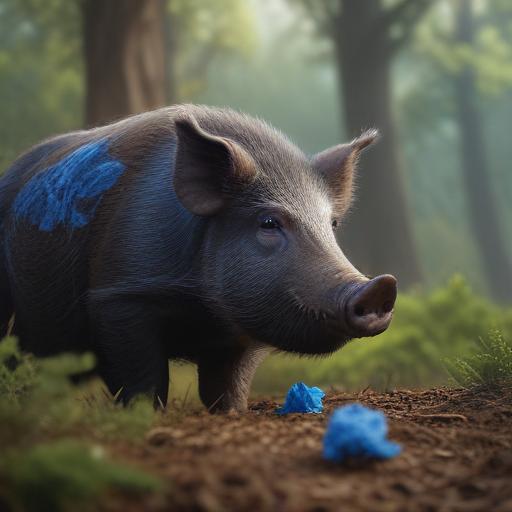Wild pigs in California have been found with blue-dyed tissue due to exposure to the rodenticide diphacinone, raising concerns among wildlife officials. Earlier this year, a wildlife trapper reported detecting blue tissue in pigs from Monterey County, located south of San Francisco. Following this discovery, the California Department of Fish and Wildlife (CDFW) conducted examinations and confirmed the presence of the anticoagulant rodenticide in one of the pigs’ stomach and liver.
It remains uncertain how many pigs have been affected, although officials noted that they received only one sample from the health lab. CDFW has not reported any additional cases of rodenticide exposure in wild pigs since the initial findings. In recent assessments, the CDFW documented that between 2021 and 2022, 19 out of 30 tested black bears exhibited signs of rodenticide exposure.
The CDFW has urged hunters to be observant and report any game that displays blue tissue or other abnormalities, emphasizing the importance of these reports in monitoring wildlife health. Additionally, the department has issued warnings to pesticide applicators to prevent rodenticides from being used in areas frequented by wildlife, encouraging safer application methods to protect non-target species.
Hunters are advised to be cautious and consider the possibility of rodenticide contamination in the animals they hunt, as discoloration may not always be evident. It is recommended to refrain from consuming any game that shows blue tissue and to report unusual findings to the CDFW’s Wildlife Health Lab.
This situation highlights the ongoing challenges of wildlife management in relation to pesticide use and the importance of collaboration between wildlife officials and the hunting community to ensure the health of California’s ecosystems.
